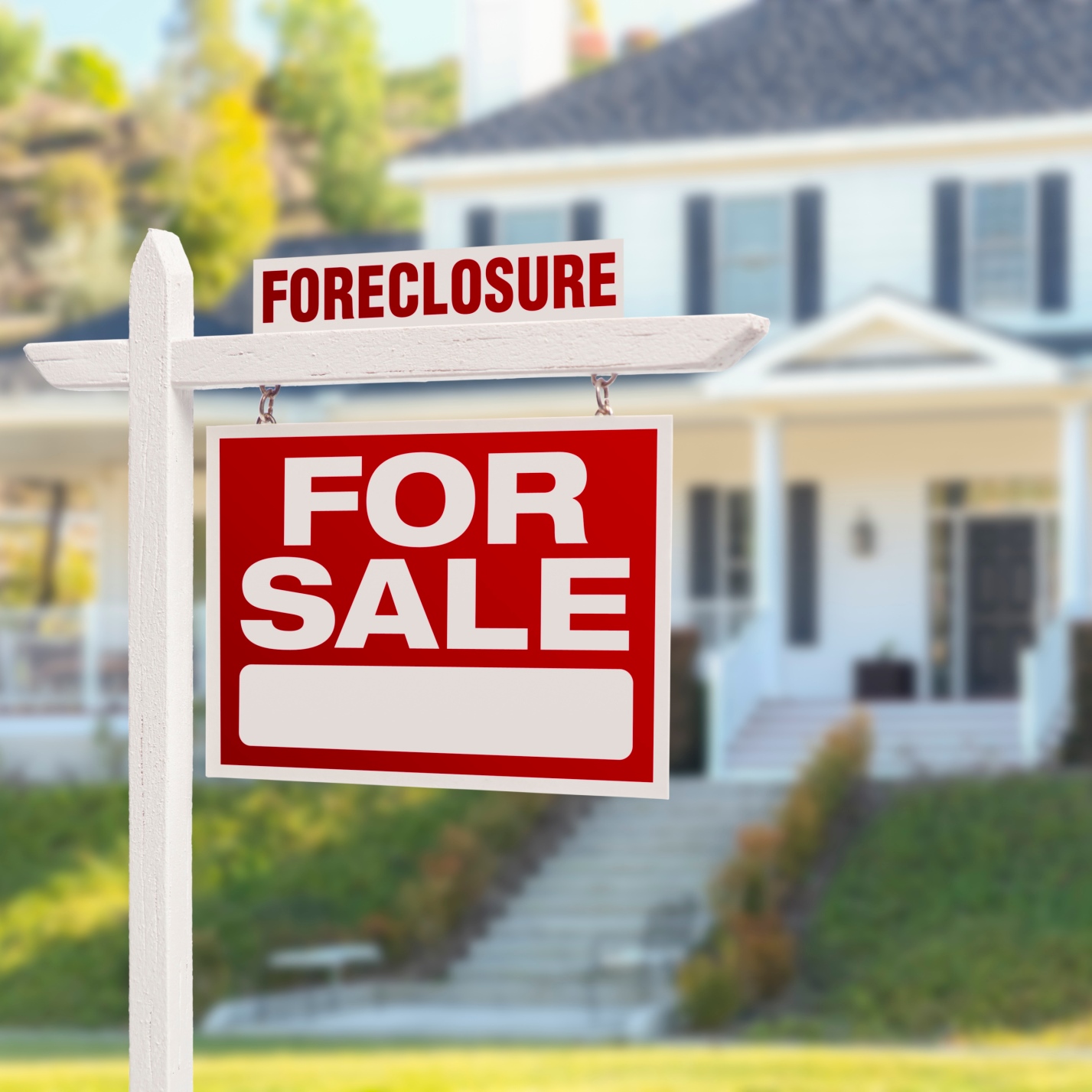Housing
Maryland, Florida Top States for August Distressed Home Sales

Published:
Last Updated:

U.S. sales of distressed homes totaled 9.3% of all homes sold in August of this year, according to CoreLogic data. That is a 2.3 percentage point drop compared with August of 2014 and down 0.4 percentage points compared with July of this year.
A distressed sale is a transaction involving a real estate-owned (REO) property or a short sale. In August, REO sales accounted for 6% of all home sales, and short sales accounted for 3.3% of all sales in the month. At the peak of distressed sales in January 2009, 32.4% of all sales were distressed, including REO sales, totaling 27.9% of all sales.
The CoreLogic report noted:
While distressed sales play an important role in clearing the housing market of foreclosed properties, they sell at a discount to non-distressed sales, and when the share of distressed sales is high, they can pull down the prices of non-distressed sales. There will always be some level of distress in the housing market, and by comparison, the pre-crisis share of distressed sales was traditionally about 2 percent. If the current year-over-year decrease in the distressed sales share continues, it would reach that “normal” 2-percent mark in mid-2018.
The five states with the largest percentage of distressed sales were Maryland (20.8%), Florida (20.3%), Michigan (19.9%), Connecticut (19.1%) and Illinois (18.7%). North Dakota posted the smallest share of distressed home sales at just 2.7%. Nevada had a six-point drop in its distressed sales share from a year earlier, the largest decline of any state, and California had the largest improvement of any state from its peak distressed sales share, falling 58.7 percentage points from its January 2009 peak of 67.4%.
Among the 25 largest metropolitan areas these five posted the largest percentage of distressed sales:
Las Vegas-Henderson-Paradise, Nev., had the largest year-over-year drop in its distressed share, falling by 5.9 points from 21.8% in August 2014 to 15.9% in August 2015. Riverside-San Bernardino-Ontario, Calif., had the largest overall improvement in its distressed sales share from its peak value, dropping from 76.3% in February 2009 to 11.4% in August 2015.
ALSO READ: America’s Richest and Poorest Cities
The average American spends $17,274 on debit cards a year, and it’s a HUGE mistake. First, debit cards don’t have the same fraud protections as credit cards. Once your money is gone, it’s gone. But more importantly you can actually get something back from this spending every time you swipe.
Issuers are handing out wild bonuses right now. With some you can earn up to 5% back on every purchase. That’s like getting a 5% discount on everything you buy!
Our top pick is kind of hard to imagine. Not only does it pay up to 5% back, it also includes a $200 cash back reward in the first six months, a 0% intro APR, and…. $0 annual fee. It’s quite literally free money for any one that uses a card regularly. Click here to learn more!
Flywheel Publishing has partnered with CardRatings to provide coverage of credit card products. Flywheel Publishing and CardRatings may receive a commission from card issuers.
Thank you for reading! Have some feedback for us?
Contact the 24/7 Wall St. editorial team.